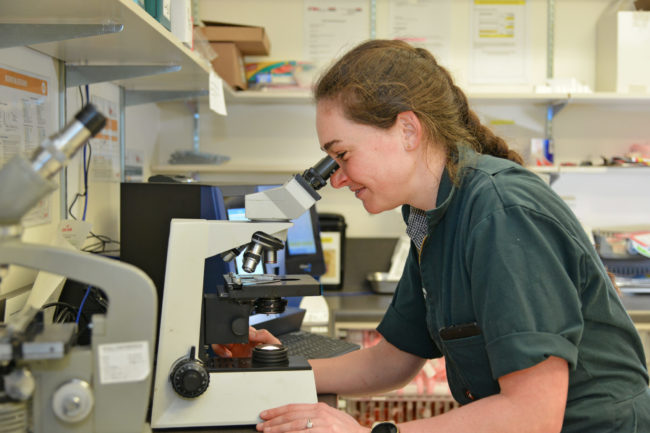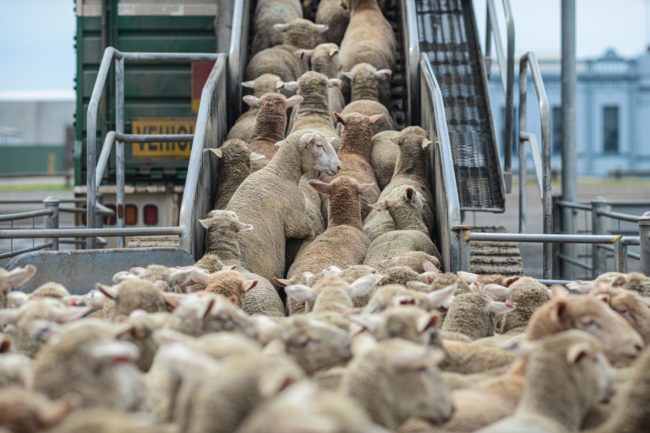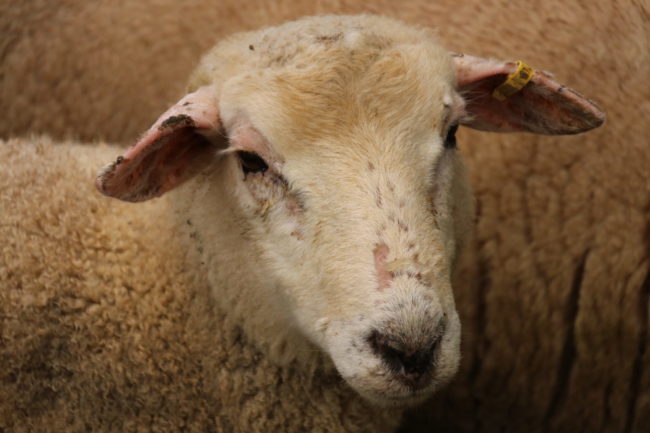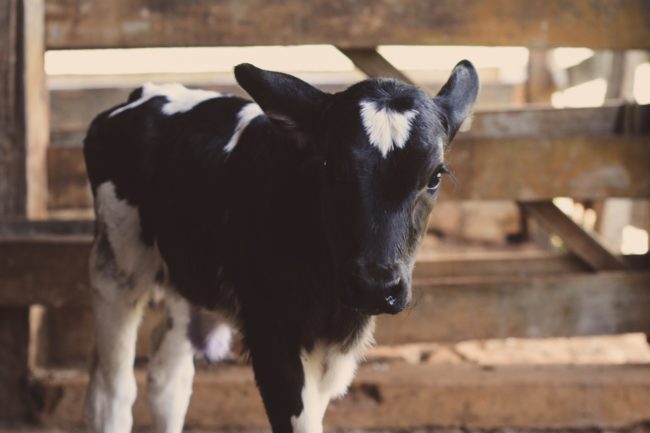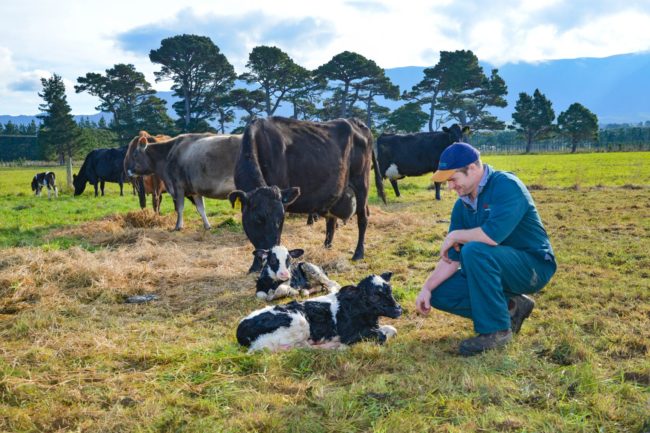Nitrate Poisoning
Too hot to handle Crops are an integral part of many systems, supplying supplementary feed when pasture covers get tight during autumn and winter. Unfortunately, nothing in life is ever that simple with many of the popular choices for crop being higher risk for nitrate accumulation, placing us between a rock and a hard place…
Details





